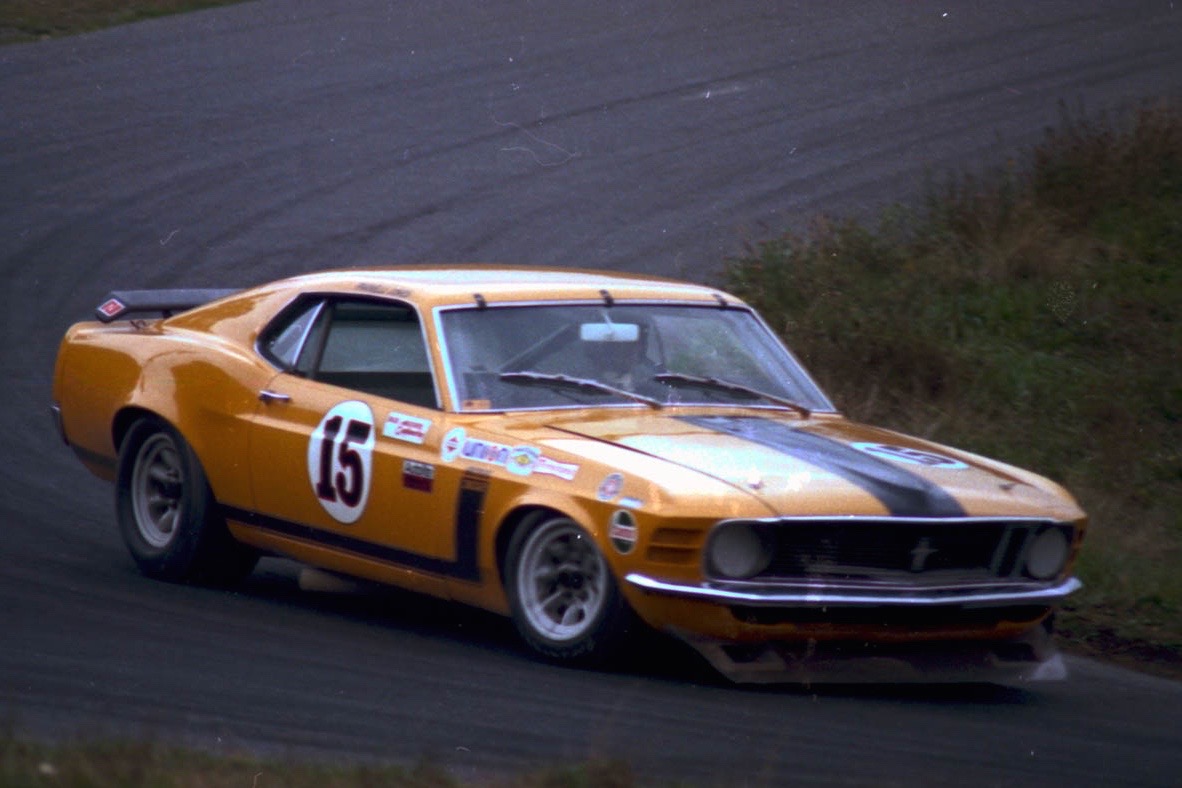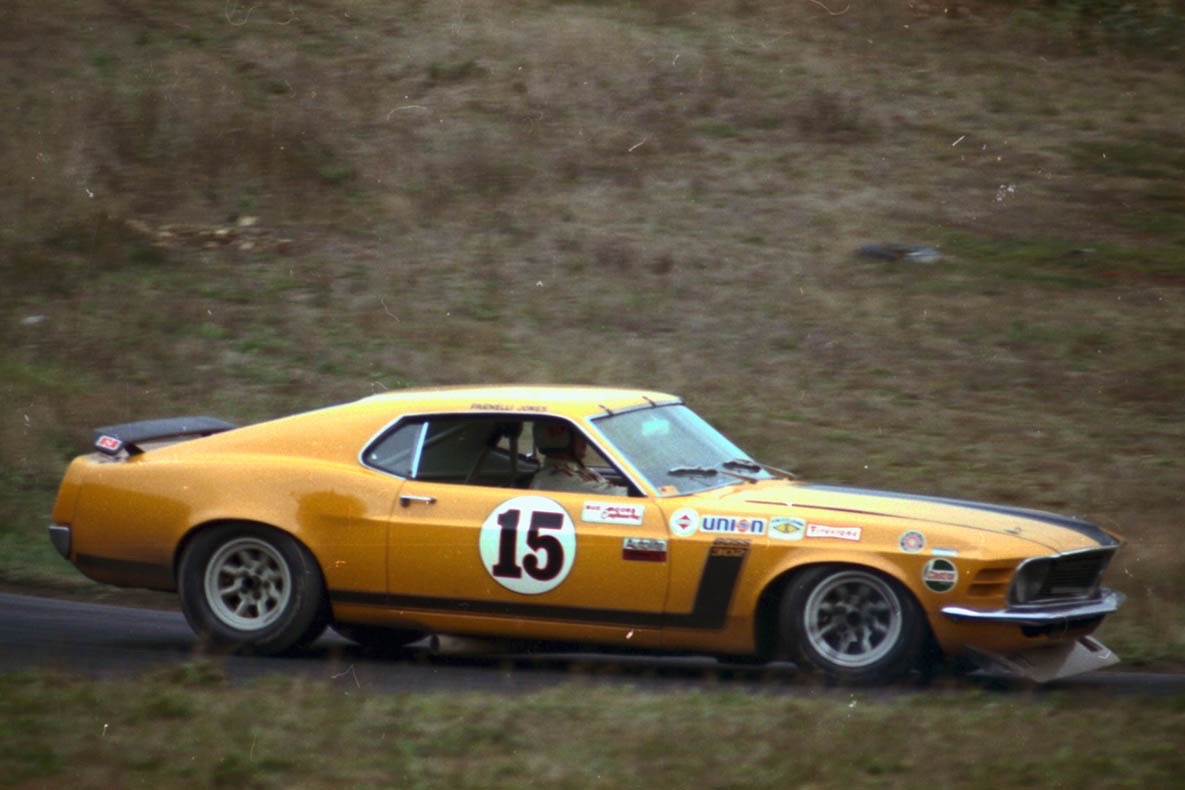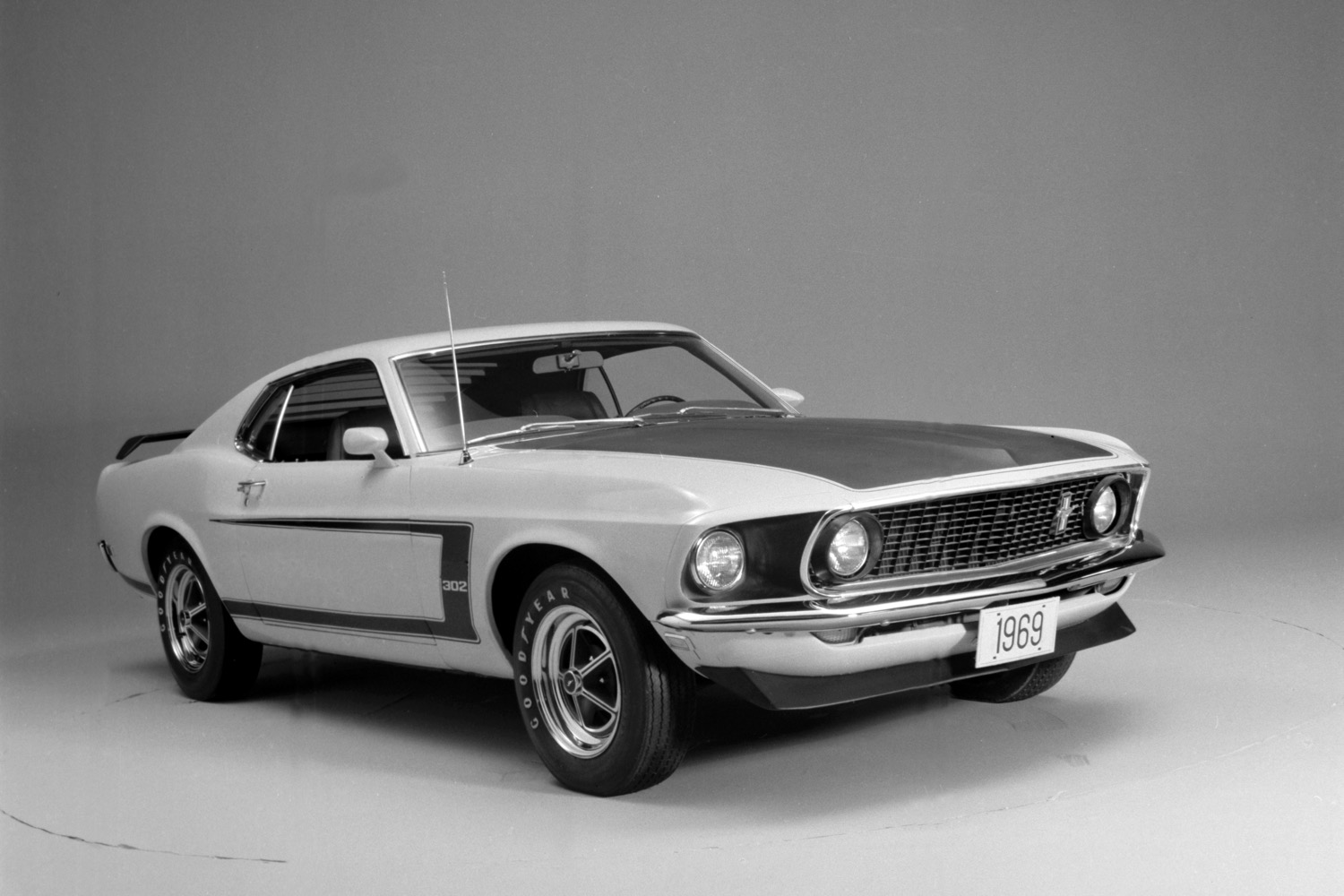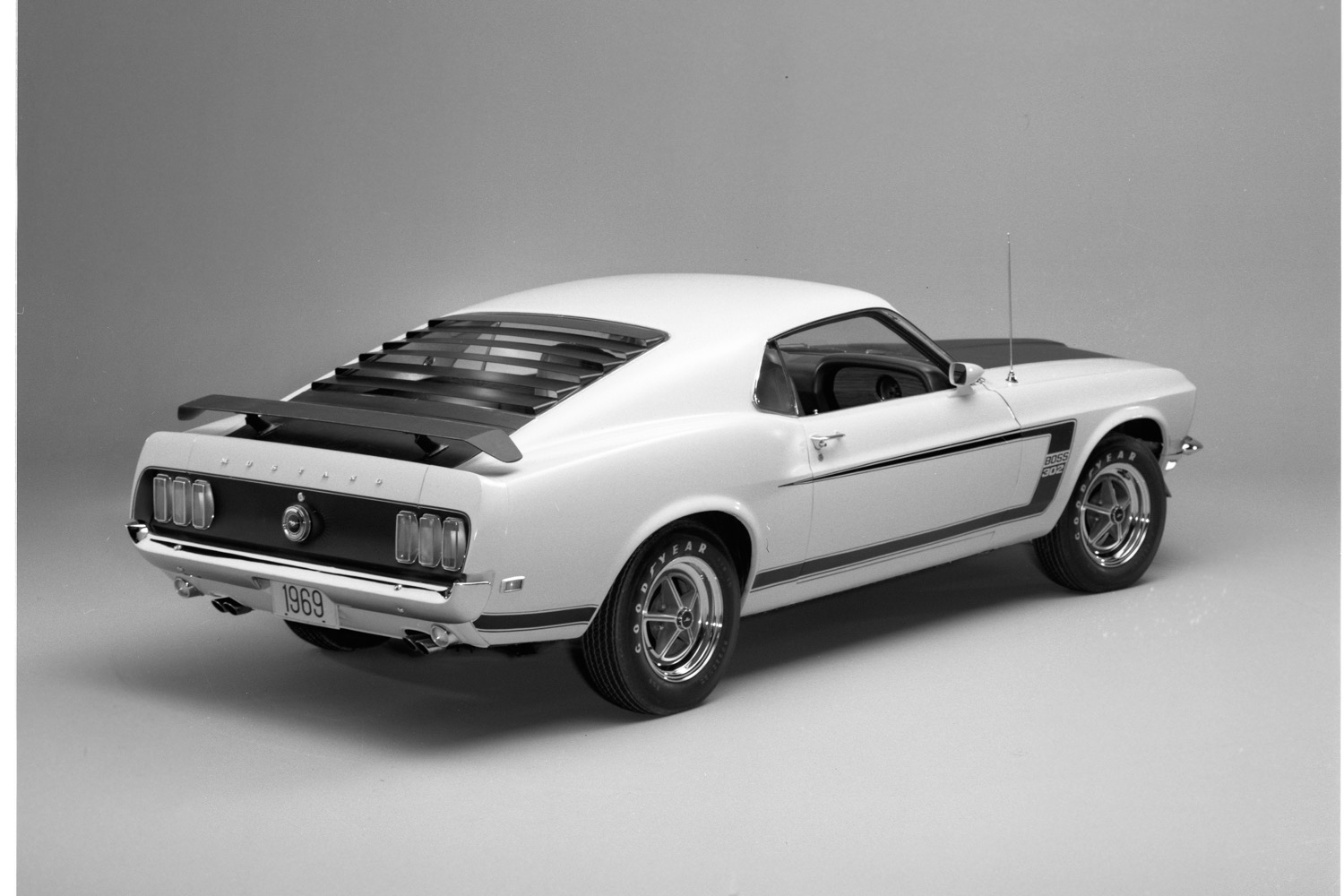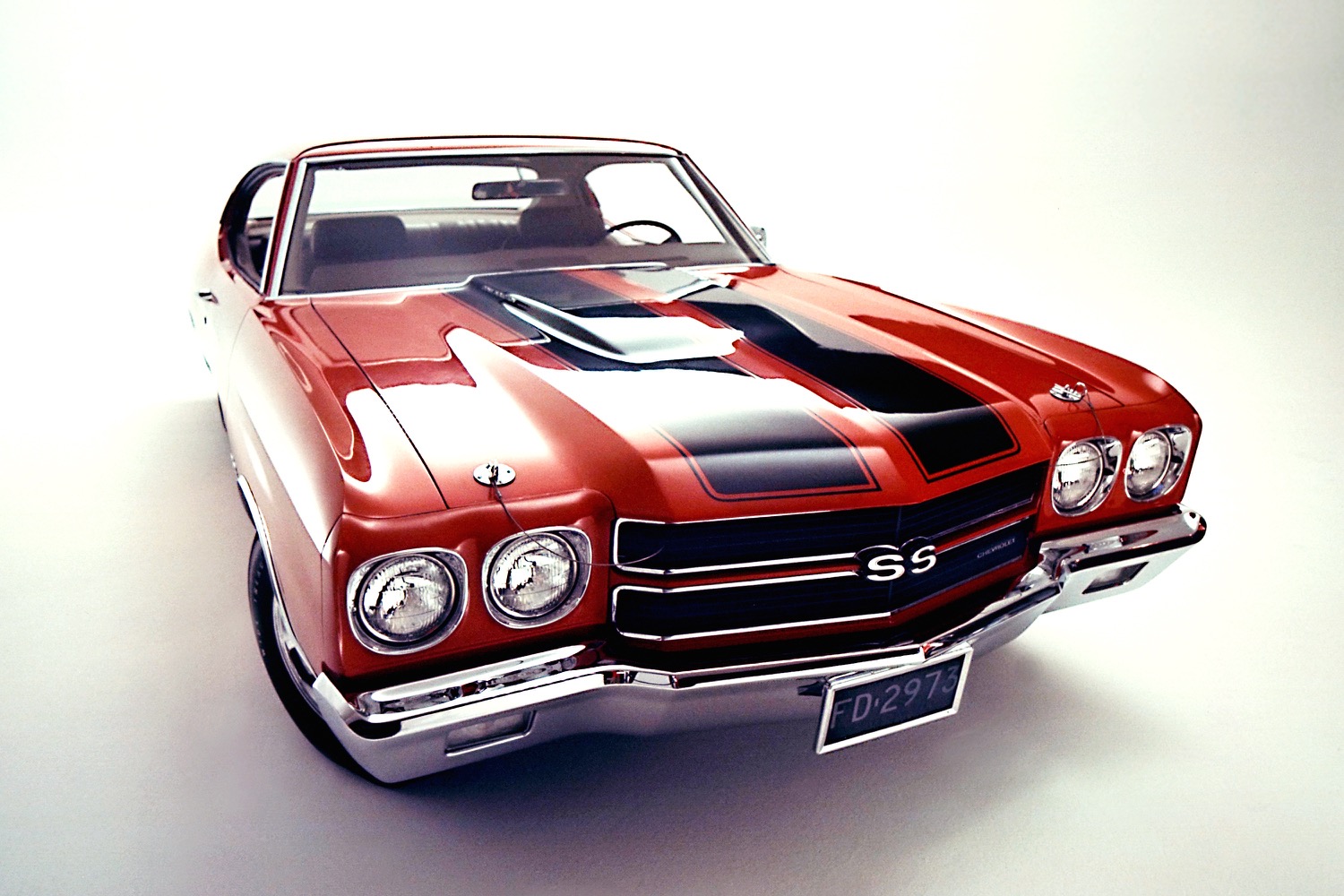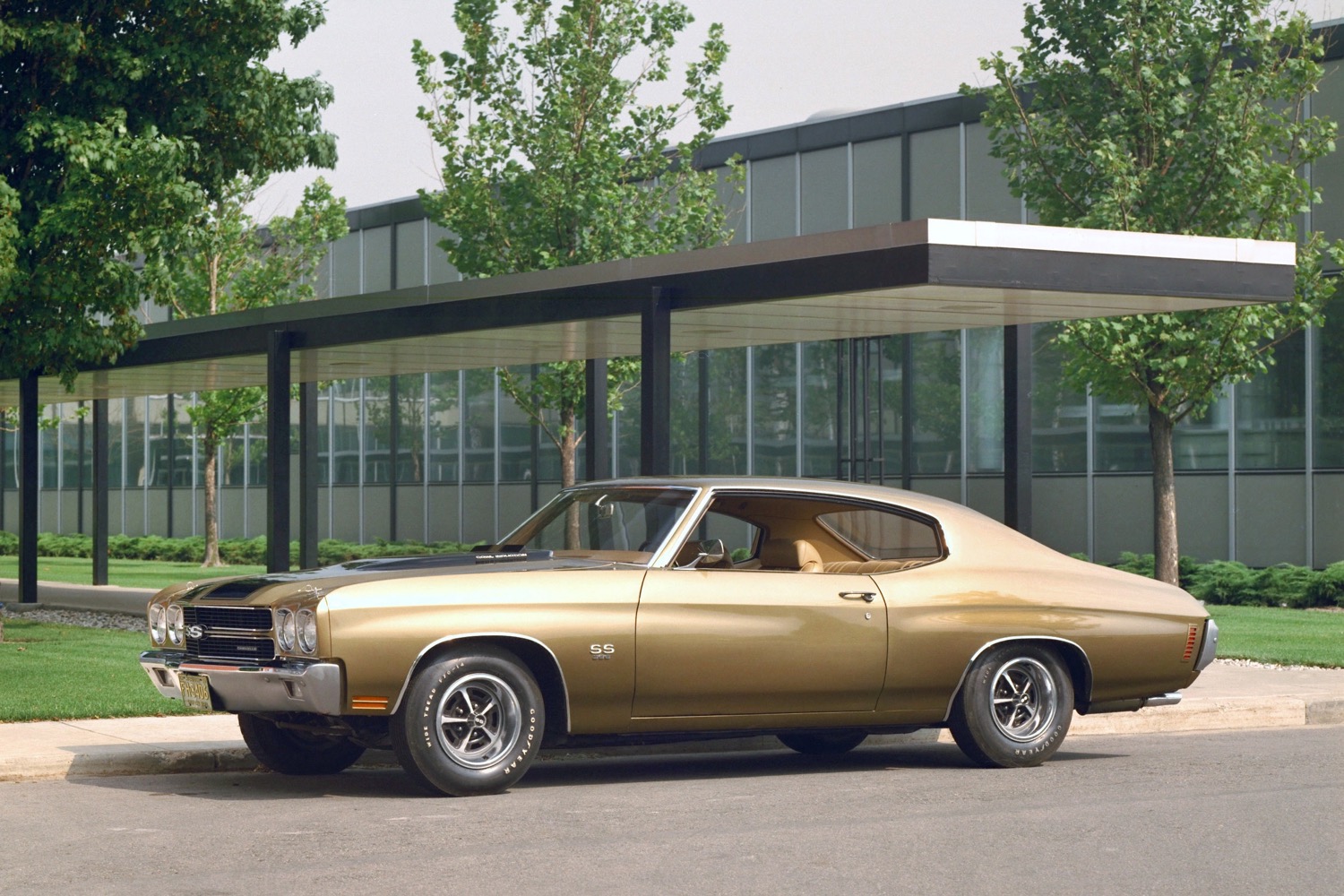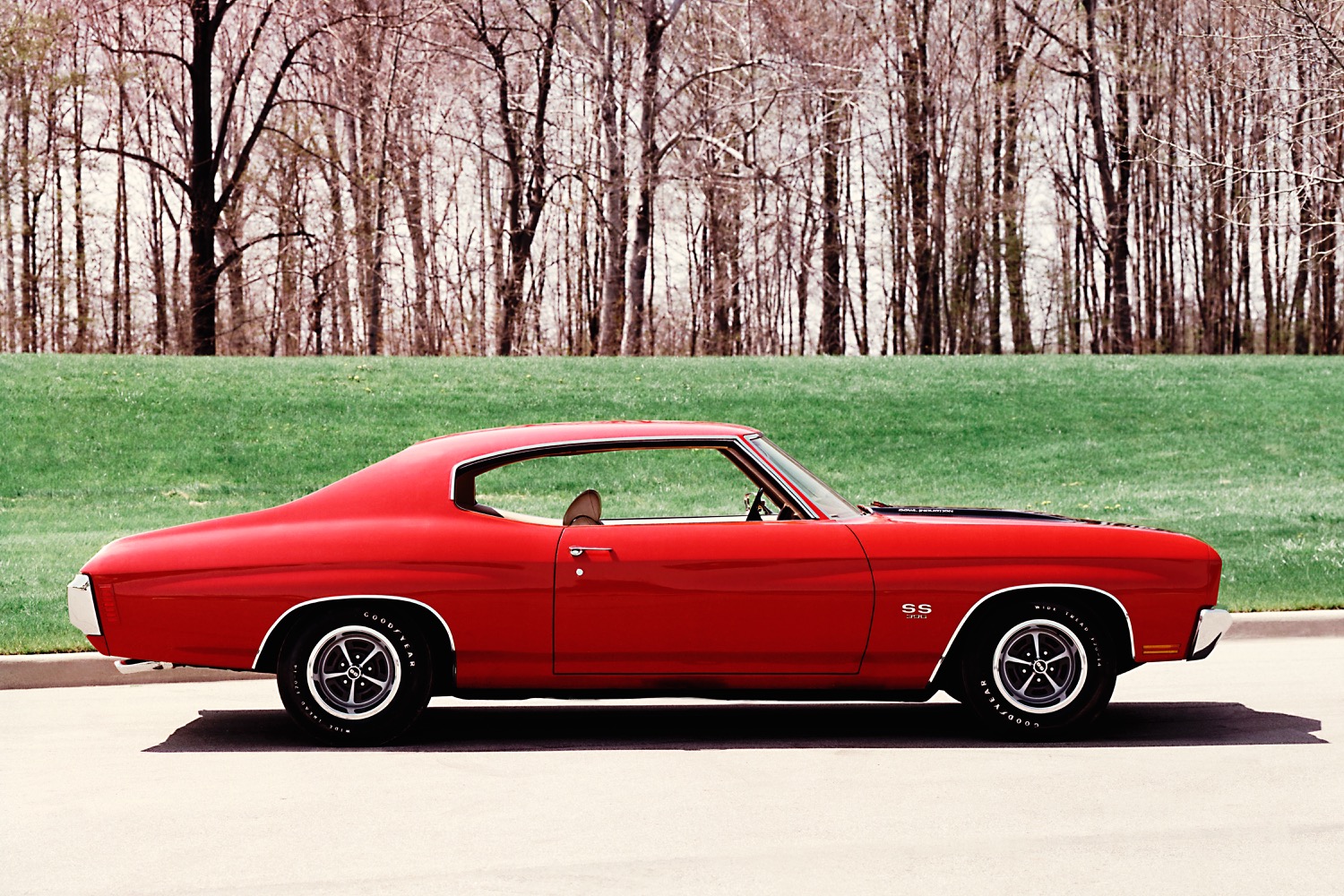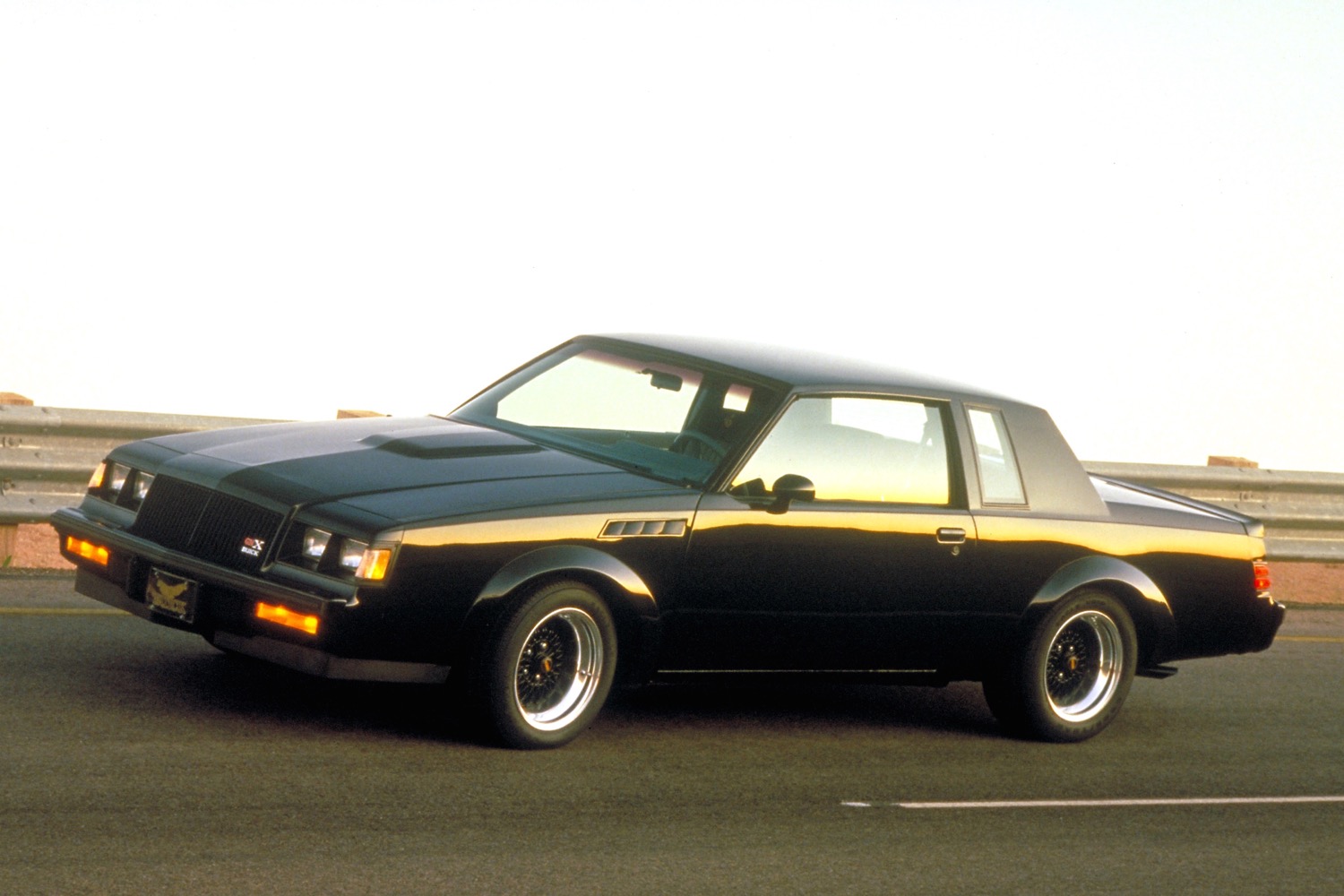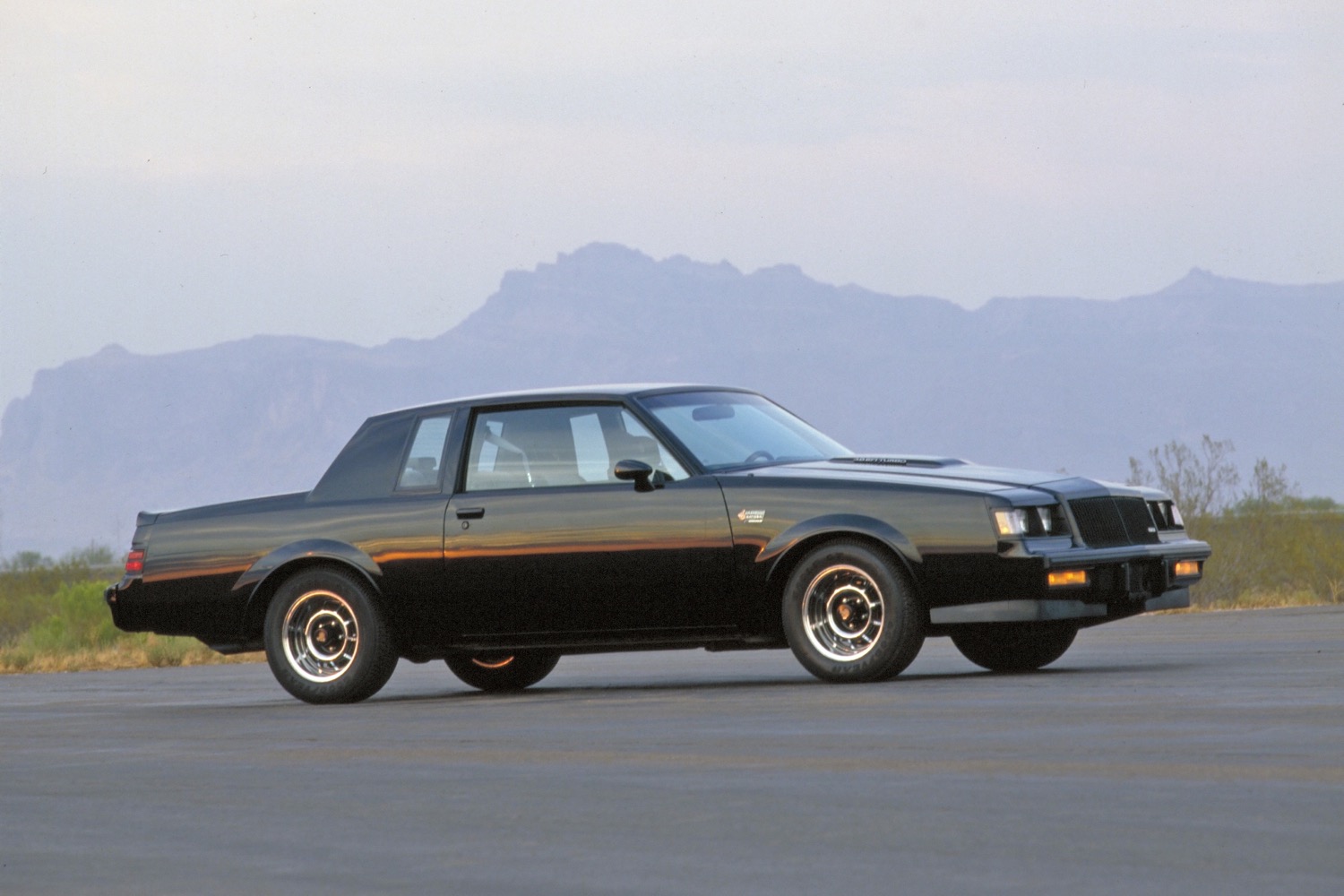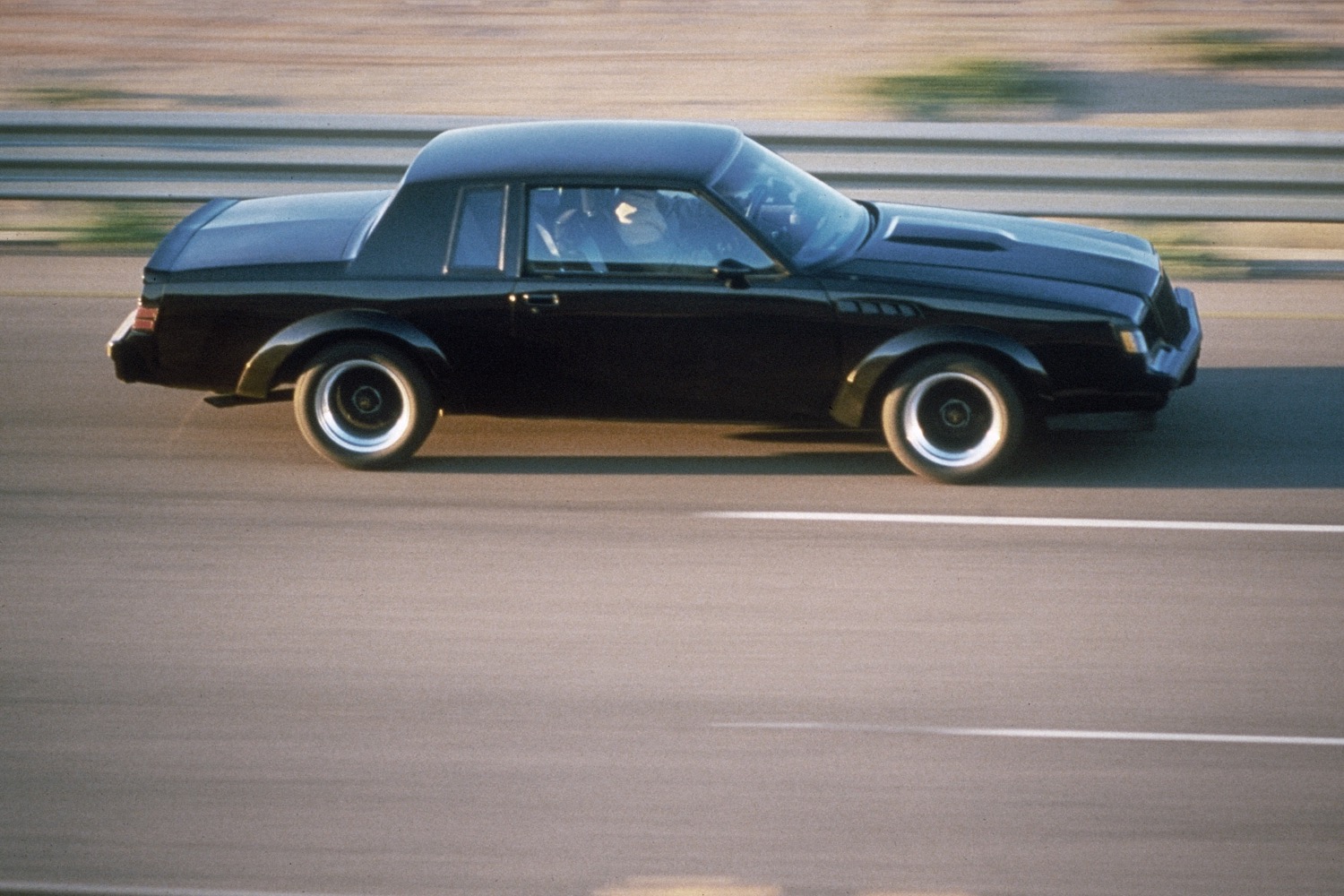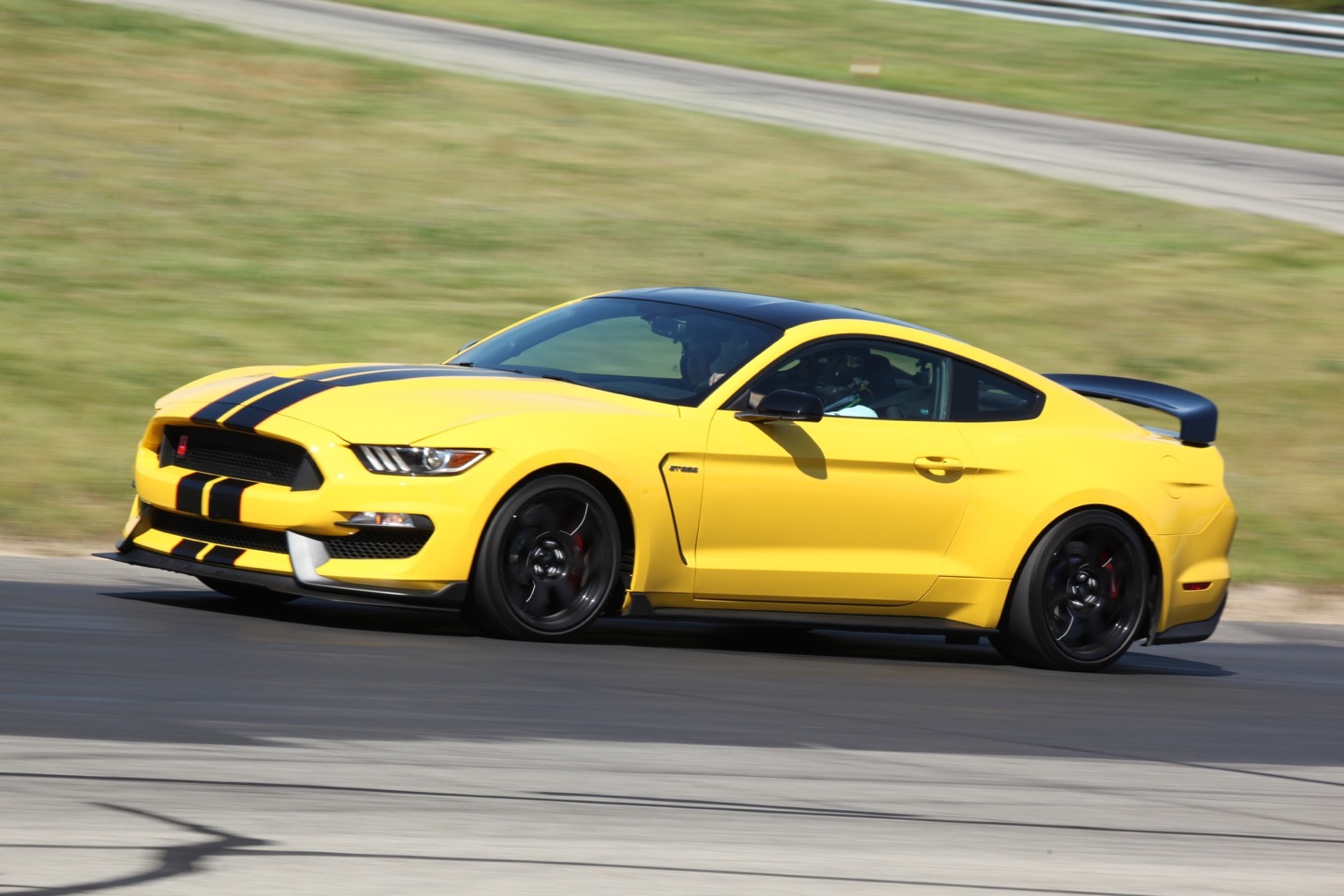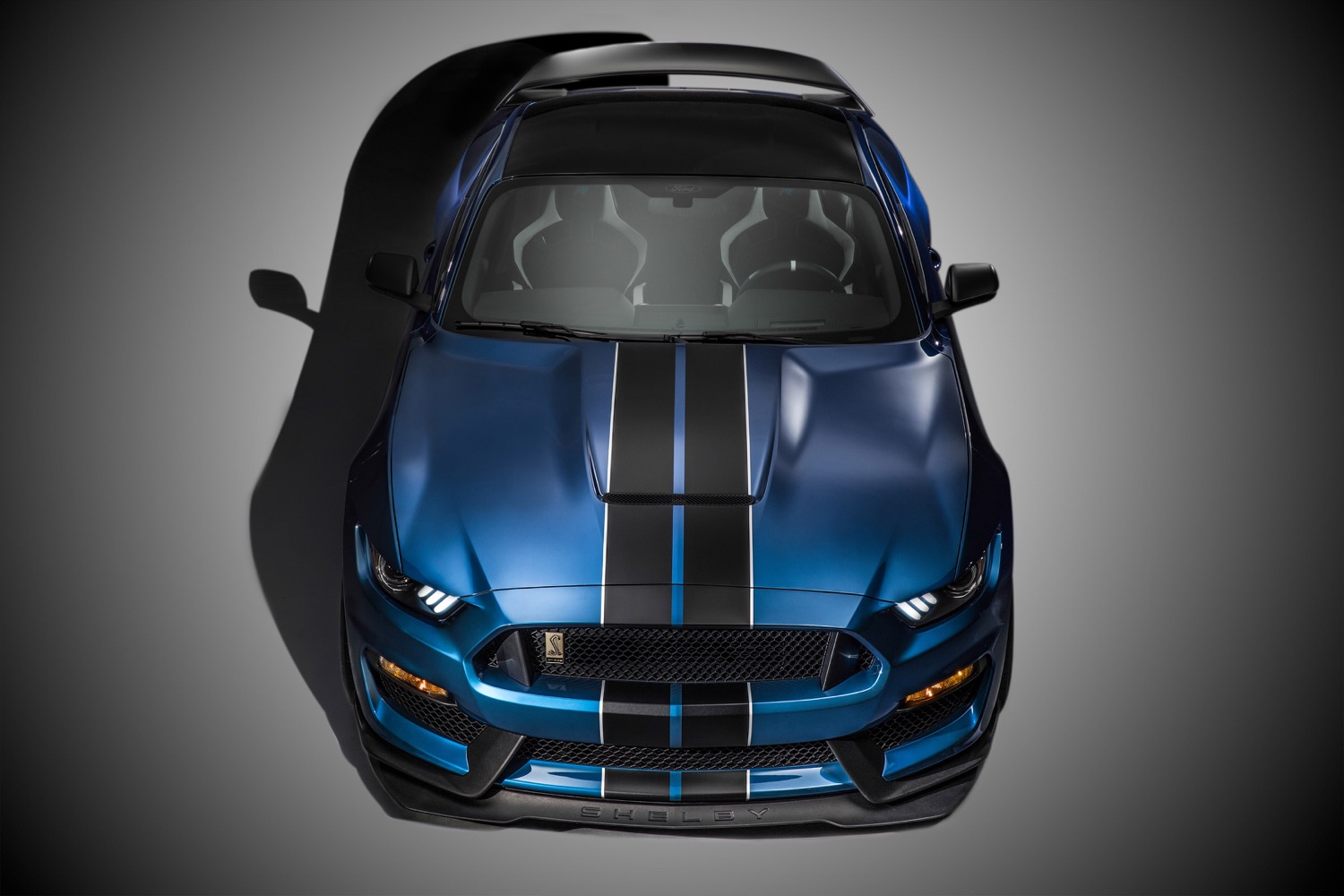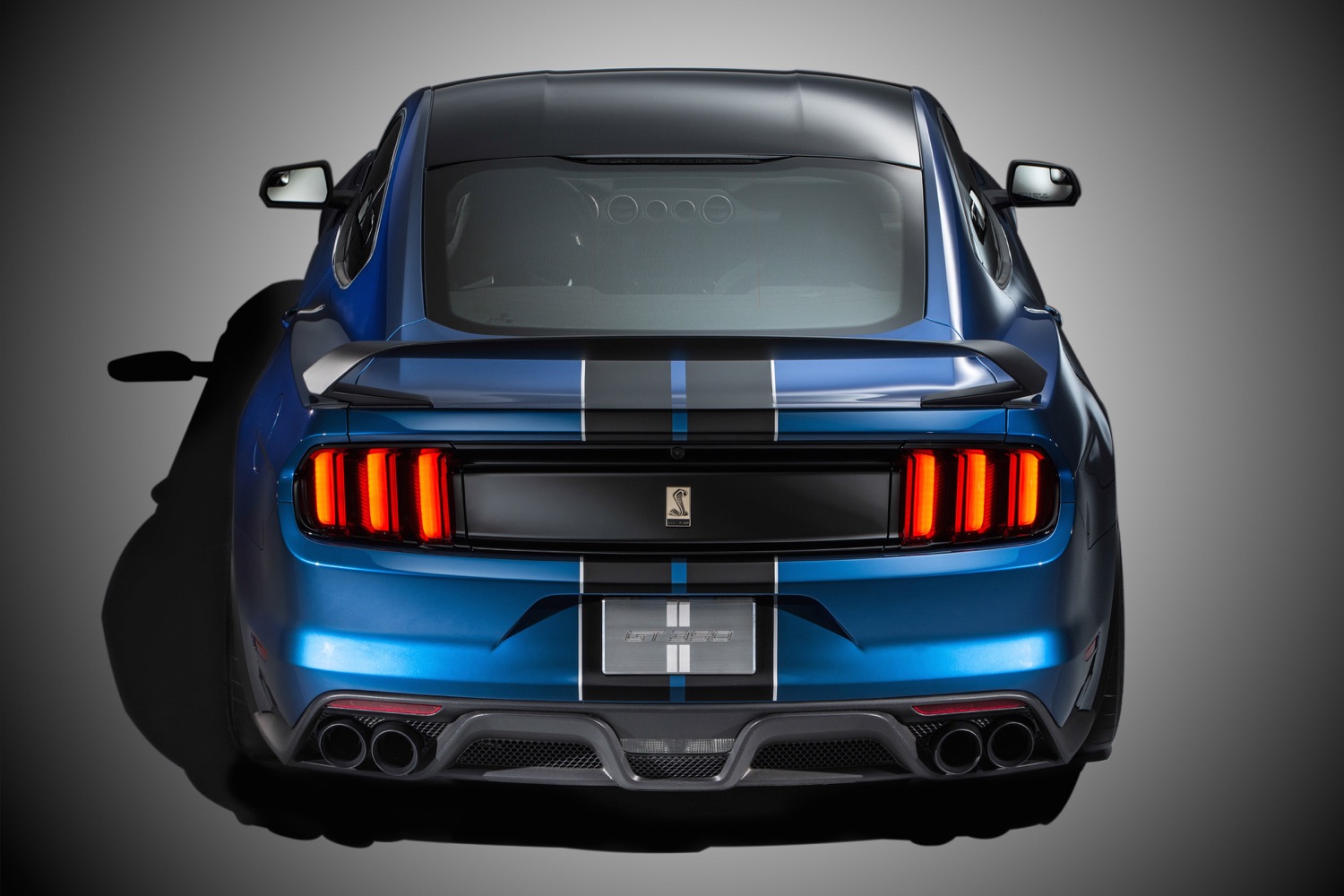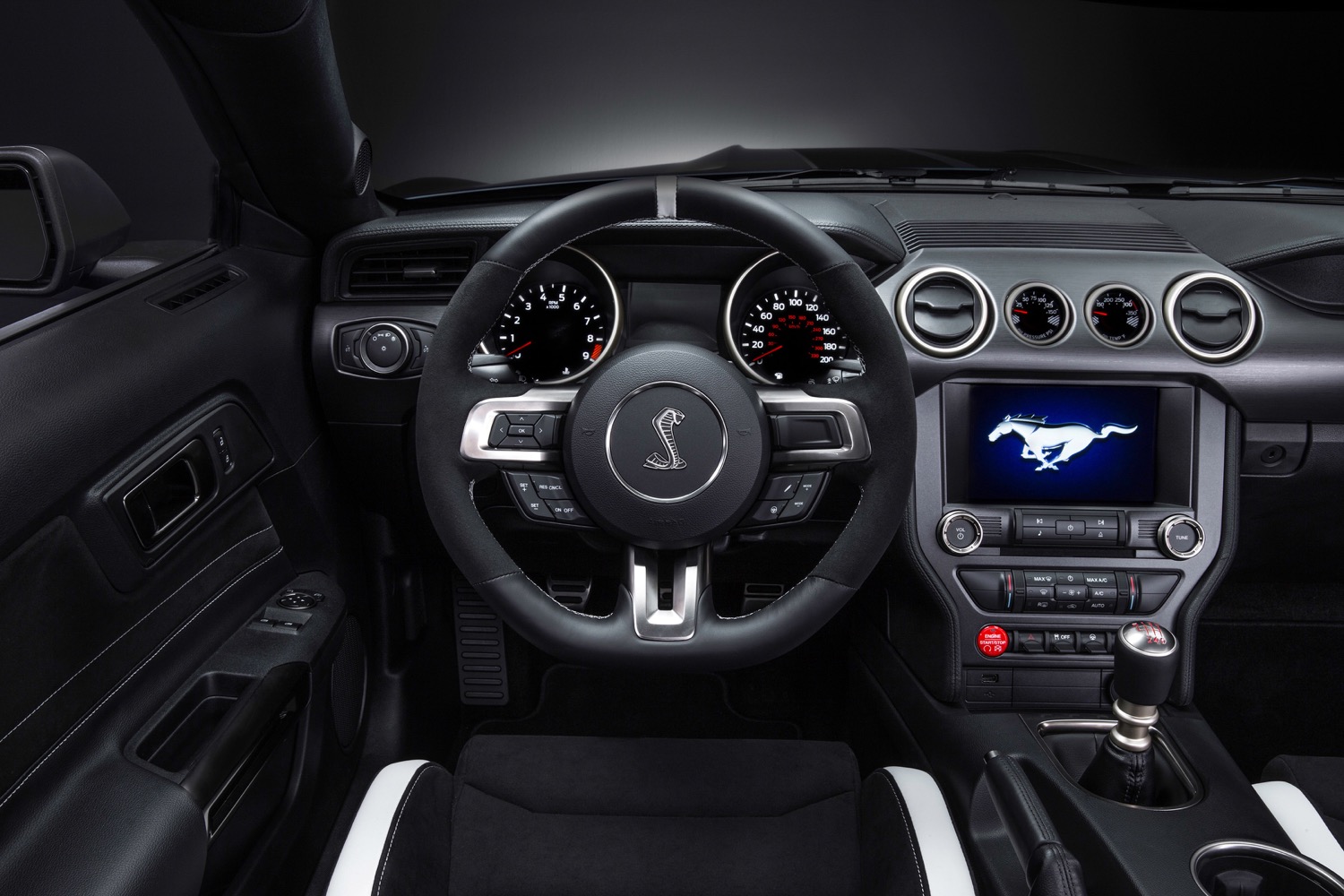Like food, music, or literature, every country puts its own spin on cars. While European and Japanese firms are known for emphasizing handling, the traditional American approach has been all about power.
- Plymouth Barracuda (1964)
- Pontiac GTO (1964)
- Chevrolet Camaro Z/28 (1967)
- AMC AMX (1968)
- Dodge Charger (second generation, 1968)
- Ford Mustang GT (second generation, 1968)
- Plymouth Road Runner (1968)
- Ford Mustang Boss 302 (1969)
- Pontiac Firebird Trans Am (1969)
- Chevrolet Chevelle SS 454 (1970)
- Buick GNX (1987)
- Dodge Viper (1992)
- Ford Shelby Mustang GT350R (2015)
- Chevrolet Camaro ZL1 (2016)
- Chevrolet Corvette ZR1 (C7, 2017)
- Dodge Challenger SRT Demon (2017)
- Jeep Grand Cherokee SRT Trackhawk (2017)
In the 1960s, American automakers began stuffing the biggest engines they could find into the smallest, lightest chassis that would hold them. It was a time when performance was as important a marketing angle as smartphone connectivity is today, and it birthed American muscle cars.
Traditionally, a muscle car’s performance is defined by the size of its engine. As the saying goes, there’s no replacement for displacement. Modern American performance cars are more well-rounded, but big engines and lots of horsepower are still their calling card.
Many great muscle cars have been unleashed over the years, but this list represents our personal favorites. We’ve got something from every major manufacturer, including plenty of classics and a handful of newer models. We listed engine displacement in both cubic inches and liters for the older cars, since that’s how they were identified when new.
More
Plymouth Barracuda (1964)

While the Mustang is credited with creating a category of “pony cars,” the Plymouth Barracuda actually beat the Ford to showrooms. But Plymouth didn’t market its car with the same zeal as Ford, and “Fish Cars” just doesn’t sound as good. The Barracuda evolved into a Plymouth-badged version of the Dodge Challenger, complete with an available 426-cubic-inch Hemi V8. While Plymouth is gone, rumors occasionally surface that Chrysler is planning to recycle the Barracuda name for use by another brand.
Pontiac GTO (1964)

The Pontiac GTO is arguably the original muscle car. Numerous American performance cars preceded it, but the GTO was the first to combine an oversized engine, affordable pricing, and marketing that emphasized performance.
In 1964, Pontiac put a 389-cubic-inch (6.4-liter) V8 into its Tempest, ignoring restrictions put in place by the GM higher-ups on engine sizes for smaller cars. To top it all off, Pontiac stole a name from Ferrari. “GTO” is short for “Gran Turismo Omologato,” denoting race cars that must have road-going counterparts. The Pontiac GTO wasn’t built to race, but the name still sounded cool.
The GTO kicked off a muscle car arms race, with Pontiac’s fellow GM divisions, as well as rivals Ford, Chrysler, and AMC getting in on the action. The GTO itself grew more elaborate, with bigger engines and more extroverted styling. It eventually disappeared, returning briefly in the early 2000s as a rebadged Holden Monaro. That car wasn’t as well received as the 1960s original and was quickly scrapped. Pontiac itself didn’t survive much longer.
Chevrolet Camaro Z/28 (1967)

The original Camaro Z28 was built for Trans Am racing, where it faced off against the likes of the Ford Mustang Boss 302 and Dodge Challenger T/A. It notched an impressive record, winning the championship in 1968 and 1969. On the street, the Z28 name has been applied to multiple hot Camaro models over the years, most recently a hardcore, track-focused version of the fifth-generation Camaro.
AMC AMX (1968)

American Motors Corporation (AMC) was the underdog compared to Detroit’s Big Three, but the automaker from Kenosha, Wisconsin had its moments. The AMX was one of them.
Rather than just soup up a standard production car, AMC shortened the wheelbase of its Javelin to create a distinct two-seat performance model. The AMX had muscle, in the form of an available 390-cubic-inch (6.4-liter) V8, but also a unique look. Even today, the original AMX stands out amid the sea of Ford, GM, and Mopar muscle cars that flood every car show.
Like many other muscle cars, the AMX atrophied over the years. It eventually became just a badge applied to more pedestrian AMC models, culminating with the lackluster Spirit AMX, before disappearing altogether in 1980.
Dodge Charger (second generation, 1968)

The Dodge Charger launched in 1966 as a sleek fastback, and lives on today as a four-door sedan, but it’s the second-generation model sold from 1968 to 1970 that became an icon.
The 1968-1970 Charger is probably one of the most recognizable American cars every made. Just the gorgeous styling alone would have ensured that, but the Charger is also familiar from countless movie and television appearances, from The Dukes of Hazzard to Bullitt.
The Charger wasn’t all show and no go. A selection of powerful V8 engines ensured it could keep up with Ford and GM rivals on the street. When engineers found out it was about as aerodynamic as a brick on the track, they created the Charger 500 and winged Charger Daytona variants, leading to glory on the NASCAR circuit.
Ford Mustang GT (second generation, 1968)

The 1968 Ford Mustang GT may be the most iconic muscle car of all, thanks to its co-starring role in the Steve McQueen movie Bullitt. McQueen piloted a Highland Green Mustang with a 390-cubic-inch V8 to immortality in what many consider to be the greatest movie car chase of all. To celebrate Bullitt’s 50th anniversary, Ford created a special-edition 2019 Mustang, and helped bring one of the original cars used in the movie out of hiding.
Plymouth Road Runner (1968)

By the late 1960s, the original idea of muscle cars as affordable performance cars seemed to have run its course. Muscle cars were getting more elaborate and, consequently, more expensive. That’s when Chrysler’s Plymouth division saw an opportunity for a back-to-basics model.
The Road Runner was nothing more than an ordinary car with a big engine and copious references to a certain cartoon character. On the outside, the Road Runner didn’t look like anything special, but it packed some serious firepower under the hood, including Chrysler’s legendary 426 (7.0-liter) Hemi V8. In 1970, Plymouth fitted the Road Runner with a streamlined nose and massive rear spoiler to create the Superbird, a NASCAR-inspired sibling to Dodge’s Charger Daytona.
Things went downhill from there, though. Later Road Runners lacked the guts of models from the late ’60s and early ’70s. Today, not only is the Road Runner gone, but so is the entire Plymouth brand.
Ford Mustang Boss 302 (1969)
The early days of muscle cars were all about NASCAR and drag racing, but those weren’t the only motor sports disciplines muscle cars were created for. The SCCA Trans Am road-racing series ignited a war between Ford, General Motors, Chrysler, and AMC.
Ford’s weapon of choice was the Boss 302, a version of the Mustang built specifically to win in the Trans Am. The “302” referred to the car’s 302-cubic-inch (5.0-liter) engine, built to satisfy Trans Am rules limiting engine displacement.
In the hands of driver Parnelli Jones, the Boss 302 took the fight to Ford’s rivals, leading to some epic on-track battles. While far from the only memorable Mustang performance variant, the Boss 302 was so fondly remembered that Ford revived the name for a limited-edition model in 2011.
Pontiac Firebird Trans Am (1969)

Today, the Trans Am is probably best known as the car Burt Reynolds drove in Smokey & The Bandit, but Pontiac launched the model in 1969. It was named after the Trans Am race series and positioned as a high-performance version of the Pontiac Firebird, itself a twin of the Chevy Camaro. The Trans Am was one of the few muscle cars to survive into the 1970s, long enough to achieve icon status with Reynolds at the wheel.
Chevrolet Chevelle SS 454 (1970)
In the golden age of muscle cars, the Super Sport (or SS for short) badge denoted high-performance versions of Chevy’s mainstream models. It’s survived to the present day on the Camaro SS and recently discontinued SS sedan, and that’s thanks to legendary cars like the Chevelle SS.
The Chevelle SS was in many ways the quintessential muscle car. Chevy took its bread-and-butter midsize car and stuffed a succession of massive V8 engines under its hood. The madness culminated with the SS 454, which debuted in 1970 with a 454-cubic-inch (7.2-liter) engine. With that big engine and a stylish exterior, the SS 454 represents the peak of classic muscle cars. As the 1970s wore on, emissions standards and insurance companies gradually killed them off.
Buick GNX (1987)
By the 1980s, the golden age of muscle cars was long gone. But Buick was able to keep the concept alive, swapping big, naturally aspirated V8s for a 3.8-liter turbocharged V6. With that boosted engine, the Buick Grand National was one of the quickest cars of its time, and looked like it was designed by Darth Vader.
By 1987, the Grand National was on its way out, but Buick gave it a great sendoff. A limited number (547) of GNX versions were built, with engines tuned to produce 276 hp and 360 lb-ft of torque. The GNX ran the quarter mile in 12.7 seconds at 113 mph — quicker than a Ferrari F40.
Dodge Viper (1992)

Like the Corvette, the Viper is really more of a sports car with American muscle car DNA. Built around a massive V10 engine, the Viper was known for being both refreshingly basic and difficult to drive, owing to Dodge’s resistance to modern driver aids like traction control. The last-generation Viper gained that feature, as well as more creature comforts, but that wasn’t enough to keep it alive. At least Dodge sent it out in a blaze of glory with the ACR, a hardcore model that set records at 13 racetracks.
Ford Shelby Mustang GT350R (2015)
With the current-generation Mustang, Ford tried to build a car that would not only appeal to traditional American fans, but also do battle with European sports cars. The Shelby GT350R was Ford’s secret weapon.
Inspired by a classic 1960s model of the same name, Ford launched the Shelby GT350 in 2015, and with it the hardcore “R” variant. Both versions are powered by a high-revving 5.2-liter V8, but the GT350R takes things to the extreme with carbon fiber wheels and a draconian approach to weight savings. The rear seats and air conditioning are optional extras.
The result is a car that is incredibly capable on the track, but also refreshingly analog. While most modern performance cars rely on electronics to go fast, the GT350R relies on well-sorted mechanical components, and leaves the rest up to the driver.
Chevrolet Camaro ZL1 (2016)

In Chevrolet-speak, the term ZL1 denotes the fastest Camaro ever built. It boasts 650 horsepower from a supercharged, 6.2-liter V8 engine borrowed from the Corvette Z06. Buyers can stick with the standard six-speed stick, if you’ll pardon our pun, or pay a little bit extra for a 10-speed automatic transmission. Either way, the eight-cylinder routes its output to the rear wheels — the way the muscle car deity wanted it.
It’s not all about straight-line speed, though. This Camaro can handle, too, thanks to a well-tuned chassis plus updated brake and suspension parts. After driving the ZL1, we concluded it “elevates the Camaro out of the muscle car ranks into the realm of world-class sports cars.”
Chevrolet Corvette ZR1 (C7, 2017)

The Corvette is really more of a sports car than a muscle car, but Chevy has produced several great ‘Vettes over the decades that are worthy of both titles. The current-generation C7 Corvette may be the most effective combination of sports car and muscle car attributes yet.
The C7 family is currently crowned by the ZR1, the most powerful Corvette ever produced. Based on the Z06 platform with a few changes, the vehicle features a 6.2-liter V8 with an upgraded supercharger, a dual fuel injection system, and four new radiators, raising output to 755 hp and 715 lb-ft. The output blows the Z06 and even the Dodge Hellcat out of the water, and with a top speed of at least 210 mph, it’ll leave almost every car on Earth in its dust. The engine can be mated to either a seven-speed manual or an eight-speed automatic.
Balancing out the power is a chassis set up for track driving, as well as an electronic limited slip differential, magnetic ride control, and performance traction management. The same goes for the Brembo carbon ceramic brakes, making sure you can bring the ZR1’s heft to a stop consistently. Put it all together and the ZR1 is a well-rounded performance car for drivers who want to do more than just go in a straight line.
Dodge Challenger SRT Demon (2017)

If the 707-hp Dodge Challenger SRT Hellcat is the ultimate expression of the traditional muscle car, then the SRT Demon is something from another planet entirely.
Many automakers have built track-focused cars for driving on road courses, but Dodge is the first to apply the same level of rigor to a vehicle built for the muscle car’s natural environment: The drag strip. The Demon will run the quarter mile in 9.65 seconds at 140 mph. On the way, it will do 0 to 60 mph in 2.3 seconds — and pull a wheelie.
That insane performance is due in part to an 808-hp (840-hp on 100 octane racing fuel) 6.2-liter supercharged Hemi V8, but also to some trick hardware previously seen only on race cars. The Demon runs on racing-style drag radials, uses a device called a “trans brake” to lock the transmission while the car is on the starting line for quicker getaways, and comes standard with only one seat. The level of dedication to quarter-mile times is almost frightening, and it’s unlikely that we’ll ever see anything like the Demon again.
Jeep Grand Cherokee SRT Trackhawk (2017)

Who said a muscle car needs to have two doors? Certainly not Jeep engineers. They borrowed the mighty 6.2-liter Hellcat V8 engine from sister company Dodge and stuffed it between the Grand Cherokee’s fenders to create the world’s most powerful SUV. Meet the Grand Cherokee Trackhawk.
The conversion places 707 horsepower and 645 pound-feet of torque under the driver’s right foot. All that power travels to the four wheels via an eight-speed automatic transmission. Brake and chassis upgrades keep the cavalry in check. The result? It’s everything you love about the Grand Cherokee, including the space for people and gear, in a souped-up package that blasts through the quarter mile in 11.7 seconds at 116 mph.
